Where to Stay in Grand Canyon
Imagine standing on the precipice of eternity, a vast chasm of time and geology stretching out before you, painted in hues of ochre, crimson, and deep violet. That, my friends, is the Grand Canyon – a masterpiece carved by nature, an experience that humbles and inspires in equal measure. But as magnificent as the canyon itself is, a crucial part of your adventure is deciding where to lay your head after a day of awe-inspiring exploration.
Do you crave the convenience of being on the rim, or the charm of a historic Route 66 town? Perhaps the vibrant energy of a mountain city, or the spiritual allure of red rock country calls to you. This comprehensive guide will not only help you navigate the best places to stay around this natural wonder but also equip you with insider tips and detailed cost breakdowns to ensure your Grand Canyon journey is seamless, unforgettable, and perfectly tailored to your budget. The best time to visit is typically spring (April-May) or fall (September-October) when temperatures are milder and crowds are thinner, offering ideal conditions for hiking and sightseeing without the intense summer heat or winter chill. Get ready to discover your perfect Grand Canyon home base!
💰 Travel Cost Overview
| Category | Budget | Mid-range | Luxury |
|---|---|---|---|
| Accommodation (per night) | $80-150 (motel, hostel, basic hotel) | $150-300 (standard hotel, cabin, resort) | $300-600+ (on-rim lodge, upscale resort) |
| Food & Dining (per day) | $30-60 (fast food, groceries, picnic) | $60-120 (casual dining, few sit-down meals) | $120-250+ (fine dining, multiple restaurant meals) |
| Transportation (per day) | $0-15 (NPS shuttle, walking) | $20-50 (car rental, fuel, limited parking) | $50-100+ (premium car rental, valet parking, guided transport) |
| Activities & Attractions (average) | $35 (NPS entry fee, free viewpoints) | $50-150 (entry fee, short guided tour, museum) | $150-500+ (helicopter tour, private guide, special events) |
| Total Daily Budget (Low) | $145 | – | – |
| Total Daily Budget (Medium) | – | $280 | – |
| Total Daily Budget (High) | – | – | $750+ |
| Weekly Budget Estimates | $1015 (Low) | $1960 (Medium) | $5250+ (High) |
Grand Canyon Village – Tusayan
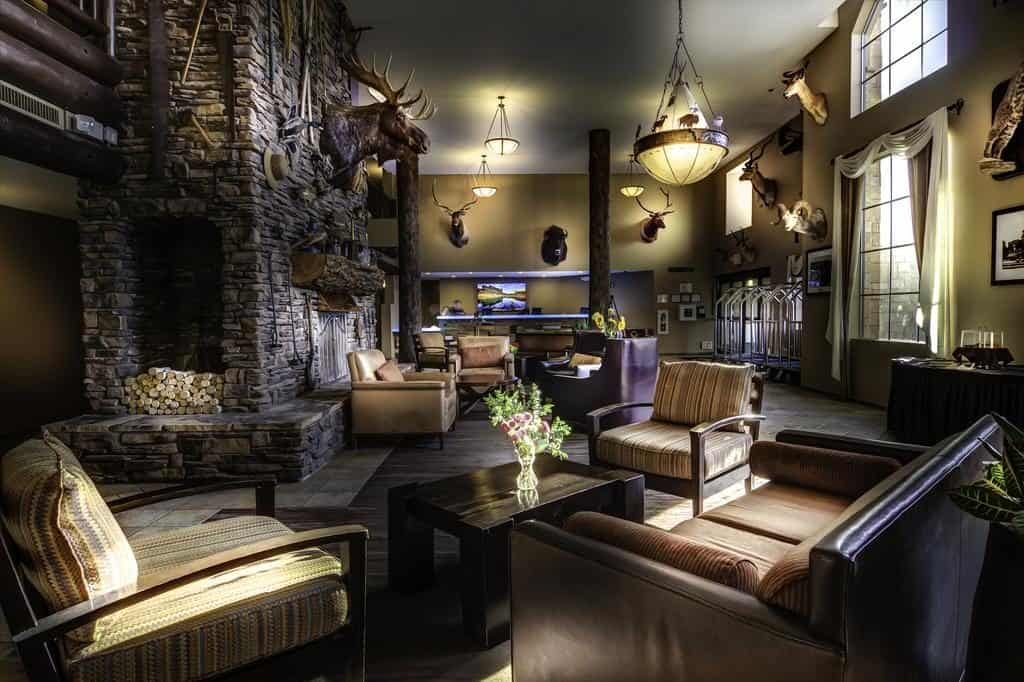
Grand Canyon Village and Tusayan offer the ultimate convenience for your Grand Canyon adventure, placing you directly at the doorstep of the South Rim’s most iconic viewpoints. What makes this area truly unique is its unparalleled proximity to the canyon itself; imagine waking up and being just moments from Mather Point or Yavapai Geology Museum. You can expect to see historic lodges like El Tovar and Bright Angel Lodge, which are attractions in themselves, alongside visitor centers, gift shops, and a comprehensive shuttle system that whisks you between viewpoints. This area buzzes with energy, especially during peak season, as visitors from around the world converge to witness the canyon’s majesty.
Beyond the immediate views, you can hike portions of the Rim Trail, venture down into the canyon via Bright Angel or Kaibab Trails (permit often required for overnight), or simply enjoy a sunset from Hopi Point. The best times to visit are early morning or late afternoon to avoid crowds at popular spots and capture stunning light. This location is perfect for first-time visitors, families who want easy access, and anyone prioritizing convenience over budget. Its history is deeply tied to the park’s establishment, with many buildings dating back to the early 20th century, offering a glimpse into the pioneering spirit of tourism.
💰 Quick Cost Guide
📍 Visitor Information
Williams
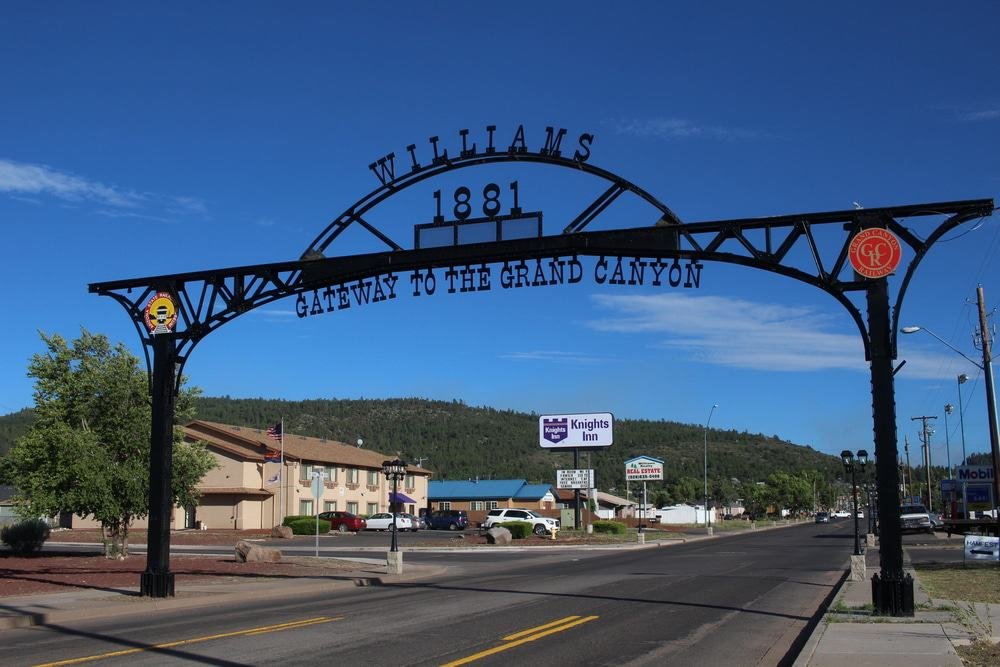
Williams, Arizona, proudly stands as the “Gateway to the Grand Canyon” and a vibrant piece of living history along the legendary Route 66. What makes Williams unique is its charming blend of classic Americana and modern convenience, offering a nostalgic step back in time while providing all the amenities you need for a comfortable stay. You can expect to see neon signs, vintage diners, and quirky shops that celebrate the Mother Road. The main attraction here, beyond its retro appeal, is the Grand Canyon Railway, which departs daily from Williams, offering a scenic and historic train journey directly to the South Rim.
This town is perfect for families, history buffs, and those who appreciate a relaxed, small-town atmosphere away from the immediate canyon crowds. Beyond the railway, you can explore Bearizona Wildlife Park, enjoy live music in a saloon, or simply stroll down the historic main street. Williams offers a more budget-friendly alternative to staying inside the park, with a wide range of lodging and dining options. Its history is inextricably linked to the Santa Fe Railway and the early days of tourism to the Grand Canyon, making it a pivotal stop for countless adventurers over the decades.
💰 Quick Cost Guide
📍 Visitor Information
Flagstaff
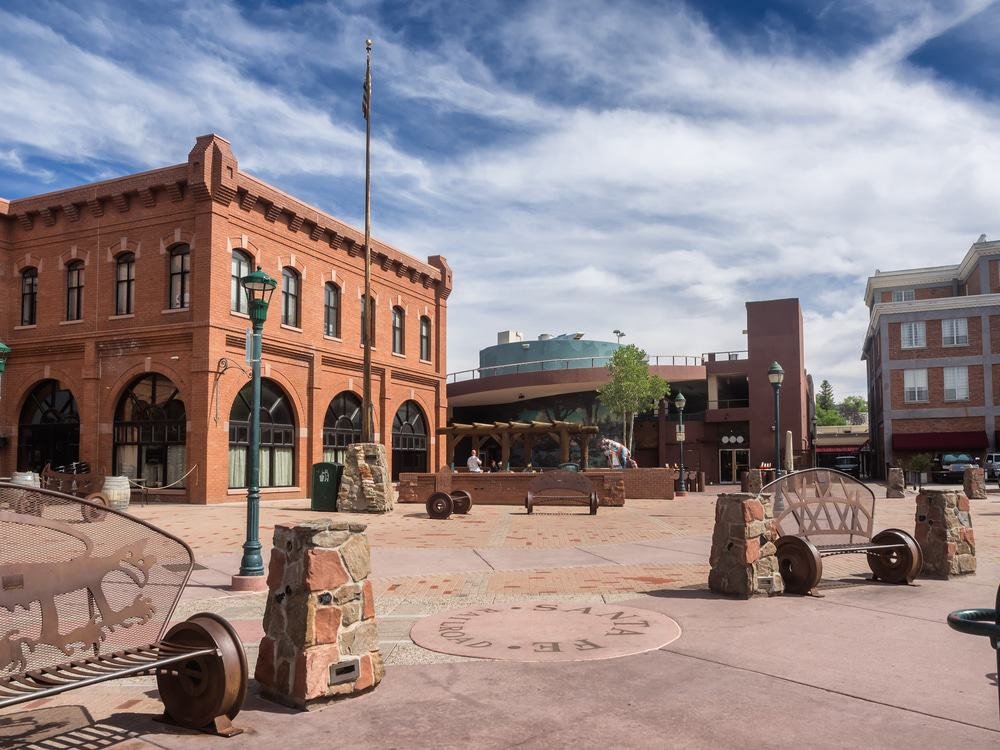
Flagstaff, nestled among the ponderosa pines at the base of the San Francisco Peaks, offers a vibrant, youthful energy combined with a strong connection to outdoor adventure. What makes Flagstaff special is its unique position as a hub for both natural beauty and urban amenities. You can expect a bustling downtown area with historic architecture, a diverse culinary scene, and Northern Arizona University lending a lively atmosphere.
Flagstaff is an excellent base for those who want more than just the Grand Canyon; you can easily explore Sunset Crater Volcano National Monument, Wupatki National Monument, or hit the slopes at Arizona Snowbowl in winter. It’s perfect for active travelers, those seeking a wider range of dining and entertainment options, and budget-conscious visitors who appreciate better value for accommodation compared to closer-to-the-canyon options. The city’s elevation provides a cooler climate, a welcome respite during Arizona’s hot summers. Flagstaff’s history as a railway town and timber center adds a rich layer to its modern identity, making it a fascinating place to explore beyond its role as a Grand Canyon gateway.
💰 Quick Cost Guide
📍 Visitor Information
Sedona
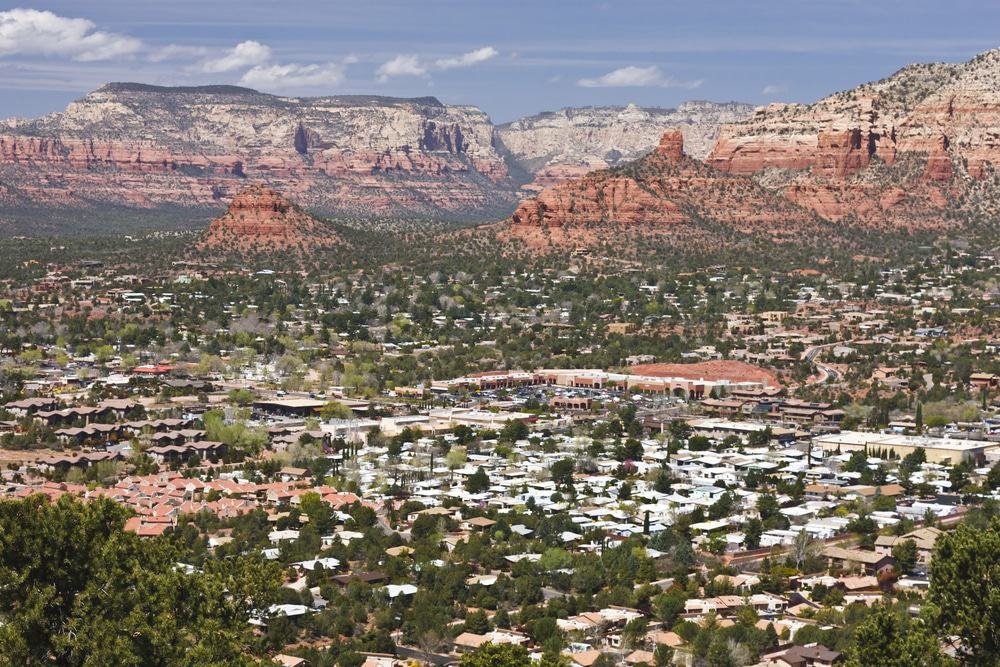
Sedona, often called “Red Rock Country,” is a place of breathtaking natural beauty and profound spiritual allure, distinct from the rugged grandeur of the Grand Canyon. What makes Sedona unique are its towering crimson sandstone formations that glow with an otherworldly light, especially at sunrise and sunset, and its reputation as a hub for art, wellness, and outdoor adventure. You can expect to see vibrant art galleries, spiritual vortex sites, and countless hiking and biking trails winding through the stunning landscape.
Sedona is perfect for couples seeking a romantic getaway, solo travelers on a spiritual journey, art enthusiasts, and anyone looking for a more upscale and serene base with a focus on holistic well-being. While it’s further from the Grand Canyon (about a 2-hour drive), the journey itself is scenic, and returning to Sedona’s tranquility after a day at the canyon is a welcome contrast. The area’s history is steeped in Native American culture and later, its emergence as a haven for artists and those seeking alternative lifestyles, creating a truly unique atmosphere.
💰 Quick Cost Guide
📍 Visitor Information
Tuba City and Moenkopi
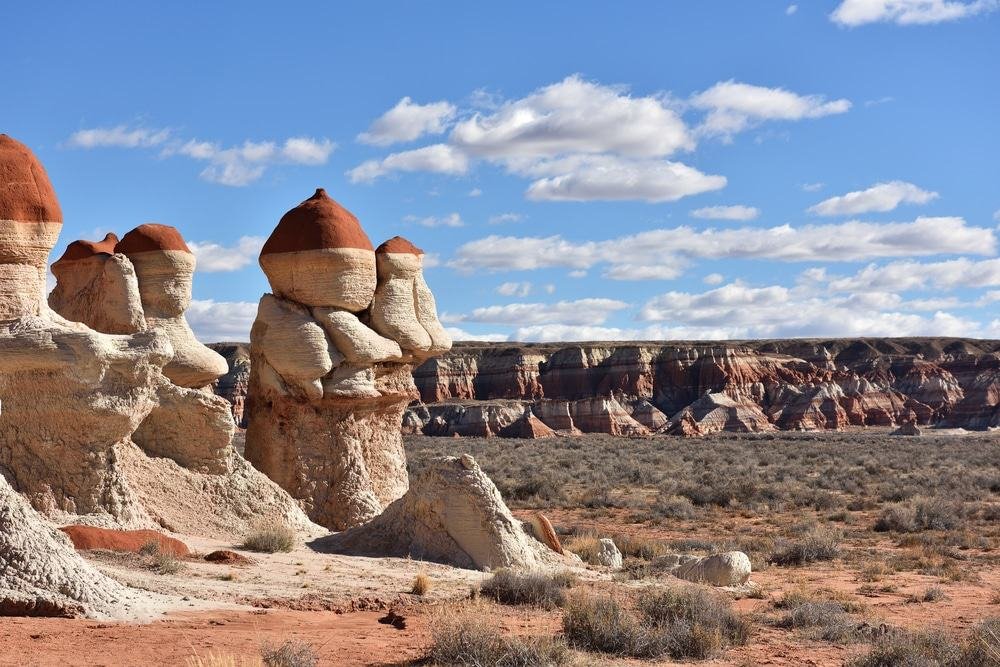
Tuba City and Moenkopi offer a truly unique cultural experience, providing a glimpse into the heart of the Navajo Nation and Hopi Tribe. What makes this area special is its authenticity and the opportunity to connect with Native American history and contemporary life. Unlike other Grand Canyon gateways, Tuba City and Moenkopi aren’t just a place to sleep; they are destinations in themselves, rich with indigenous heritage. You can expect to see the Tuba City Trading Post, a historic landmark, and the Dinosaur Tracks near Moenkopi, a fascinating paleontological site.
The Moenkopi Legacy Inn, owned and operated by the Hopi Tribe, offers a distinctive stay. This area is perfect for cultural explorers, history enthusiasts, and travelers seeking an off-the-beaten-path experience away from mainstream tourism. It’s a great base for exploring the Eastern Grand Canyon viewpoints, Little Colorado River Gorge, and even Antelope Canyon or Horseshoe Bend further north. The deep cultural significance, reflected in the traditions, arts, and languages of the Navajo and Hopi people, provides an invaluable dimension to your Grand Canyon journey.
💰 Quick Cost Guide
📍 Visitor Information
Plan Your Visit
From the immediate awe of Grand Canyon Village to the historic charm of Williams, the vibrant urban energy of Flagstaff, the spiritual beauty of Sedona, and the rich cultural tapestry of Tuba City and Moenkopi, your options for a Grand Canyon home base are as diverse as the canyon itself. Each location offers a unique perspective and set of experiences, ensuring that whether you’re a budget-conscious backpacker, a family seeking convenience, or a couple desiring a luxurious retreat, your perfect match awaits. Don’t just visit the Grand Canyon; immerse yourself in its surrounding wonders.
Use this guide to plan your stay, considering the costs and unique appeals of each area, and you’ll unlock an unforgettable adventure. So, pack your bags, choose your base, and prepare to be captivated by one of the world’s most incredible natural wonders. The Grand Canyon is calling, and your perfect adventure begins with where you choose to stay.